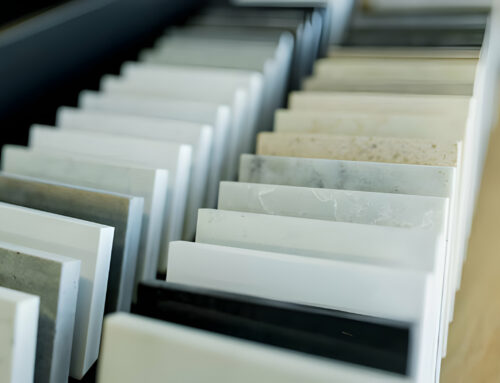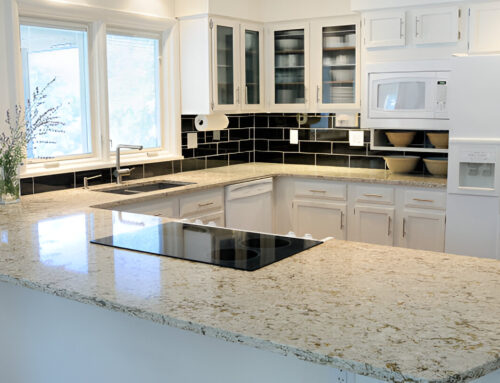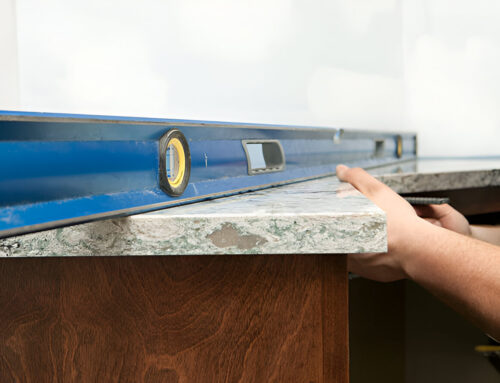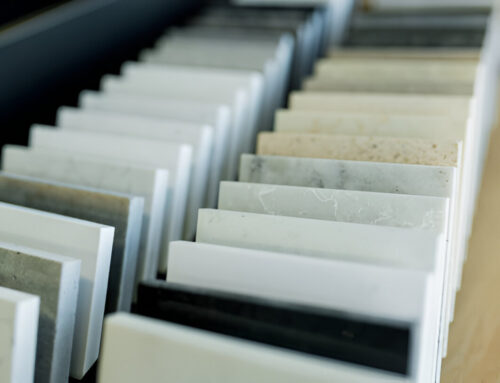As environmental concerns continue to grow, the demand for sustainable building materials has risen significantly. Among these, eco friendly quartz surfaces stand out as a popular choice for modern homes and businesses. These surfaces combine elegance with environmentally conscious manufacturing processes, offering both style and sustainability.
Understanding Quartz Surfaces
Quartz surfaces are engineered materials made by combining natural quartz crystals with resins and pigments. Known for their durability and versatility, quartz surfaces are a top choice for countertops, flooring, and wall cladding. Their non-porous nature makes them resistant to stains and bacteria, ensuring longevity and hygiene.
What sets eco-friendly quartz apart is the sustainable practices adopted during its production, reducing environmental impact while maintaining the same high-quality standards.
Sustainable Manufacturing Practices
1. Recycled Materials
One of the primary aspects of sustainable quartz manufacturing is the use of recycled content. Manufacturers incorporate recycled glass, mirror pieces, and quartz offcuts into their products, minimizing the need for virgin raw materials. This reduces waste and conserves natural resources.
2. Energy Efficiency
Many manufacturers prioritize energy-efficient production methods. Advanced machinery and processes are designed to consume less energy, significantly lowering the carbon footprint of each slab produced. Some factories also integrate renewable energy sources like solar or wind power into their operations.
3. Water Recycling
Water is a critical component in the production of quartz surfaces. Sustainable manufacturers implement water recycling systems to reuse the water consumed during production. This reduces the overall water usage and helps conserve this vital resource.
4. Low-VOC Emissions
Volatile Organic Compounds (VOCs) are harmful chemicals often released during the production of building materials. Eco-friendly quartz manufacturers use low-VOC resins and adhesives, ensuring healthier indoor air quality and a reduced environmental impact.
5. Ethical Sourcing
Ethical sourcing of raw materials is another key factor. Reputable manufacturers ensure that quartz and other materials are procured from mines that follow ethical labor practices and minimize environmental damage.
Benefits of Eco-Friendly Quartz Surfaces
Environmental Impact
By using recycled materials and adopting energy-efficient practices, eco-friendly quartz significantly reduces its carbon footprint. Choosing these surfaces supports sustainable development and reduces reliance on non-renewable resources.
Durability and Longevity
Quartz is known for its strength and durability. Investing in a long-lasting material reduces the need for frequent replacements, further decreasing waste and environmental impact.
Aesthetic Versatility
Eco-friendly quartz surfaces come in a wide range of colors, patterns, and finishes. From sleek modern designs to natural stone replicas, there’s a style to suit every taste while staying environmentally conscious.
Healthier Living Spaces
With low-VOC emissions and non-porous surfaces, these countertops contribute to healthier indoor environments, making them ideal for homes, schools, and healthcare facilities.
Leading Brands in Sustainable Quartz
Several brands have taken the lead in producing eco-friendly quartz surfaces. Here are a few notable names:
- Caesarstone: Known for its commitment to sustainability, Caesarstone integrates recycled materials and follows rigorous environmental standards.
- Silestone by Cosentino: Offers a collection that incorporates sustainable materials and uses renewable energy in its manufacturing.
- Cambria: Focuses on using locally sourced materials and water recycling in its production processes.
- LG Hausys Viatera: Prioritizes low-VOC products and energy-efficient manufacturing.
- Wilsonart Quartz: Incorporates recycled content and adopts sustainable production practices.
How to Choose an Eco-Friendly Quartz Surface
- Check Certifications: Look for certifications like GREENGUARD, LEED, and NSF to ensure the product meets environmental and health standards.
- Ask About Recycled Content: Inquire about the percentage of recycled materials used in the product.
- Evaluate the Brand’s Practices: Research the manufacturer’s commitment to sustainability and ethical sourcing.
- Consider Durability: Opt for products with proven durability to maximize their lifespan.
Conclusion
Eco-friendly quartz surfaces are a testament to how style and sustainability can go hand in hand. By choosing these innovative materials, homeowners and designers can contribute to a greener planet without compromising on aesthetics or functionality. As the demand for sustainable options grows, these surfaces pave the way for a brighter and more eco-conscious future.






Leave A Comment